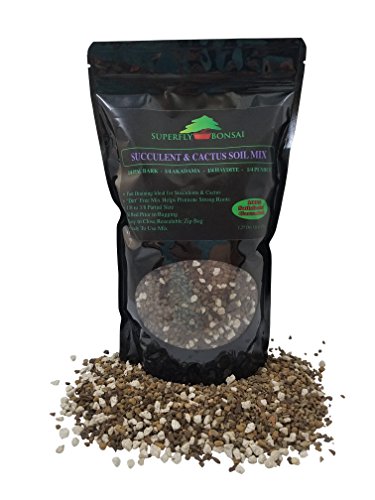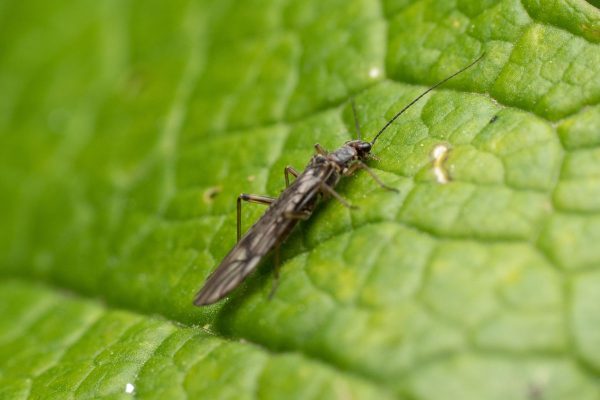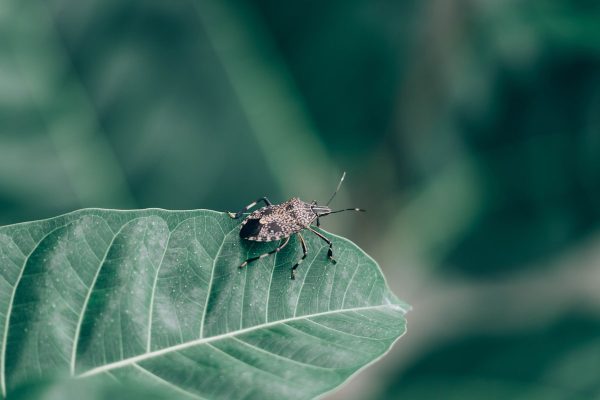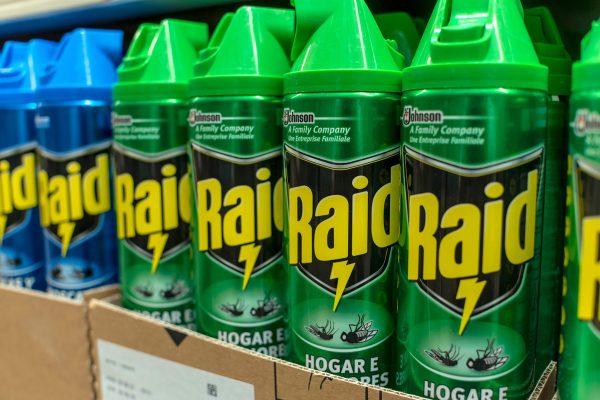If you're wondering whether these pests can fly, you've come to the right page. We've researched if fungus gnats could fly and if they do, how far could they go. Here's what we found out about them.
Adult fungus gnats are winged creatures but they are weak flyers. The most they could go when flying is just around their host plant. You would oftentimes see them resting or running on the plant's foliage rather than flying.
Keep on reading to know more about fungus gnats and their life cycle. We'll also tell you where they breed and how to get rid of fungus gnat larvae in your houseplants. Let's get this started!
![A big black fungus Gnat photographed lying on a leaf, Can Fungus Gnats Fly? [And How Far]](https://pests101.com/wp-content/uploads/2022/07/Can-Fungus-Gnats-Fly-And-How-Far-800x1200.png)
Are fungus gnats strong or weak flyers?
Fungus gnats turn into winged insects once they reach adulthood. Since they have wings, it's natural to be curious if they could use these to fly and how far they could go.
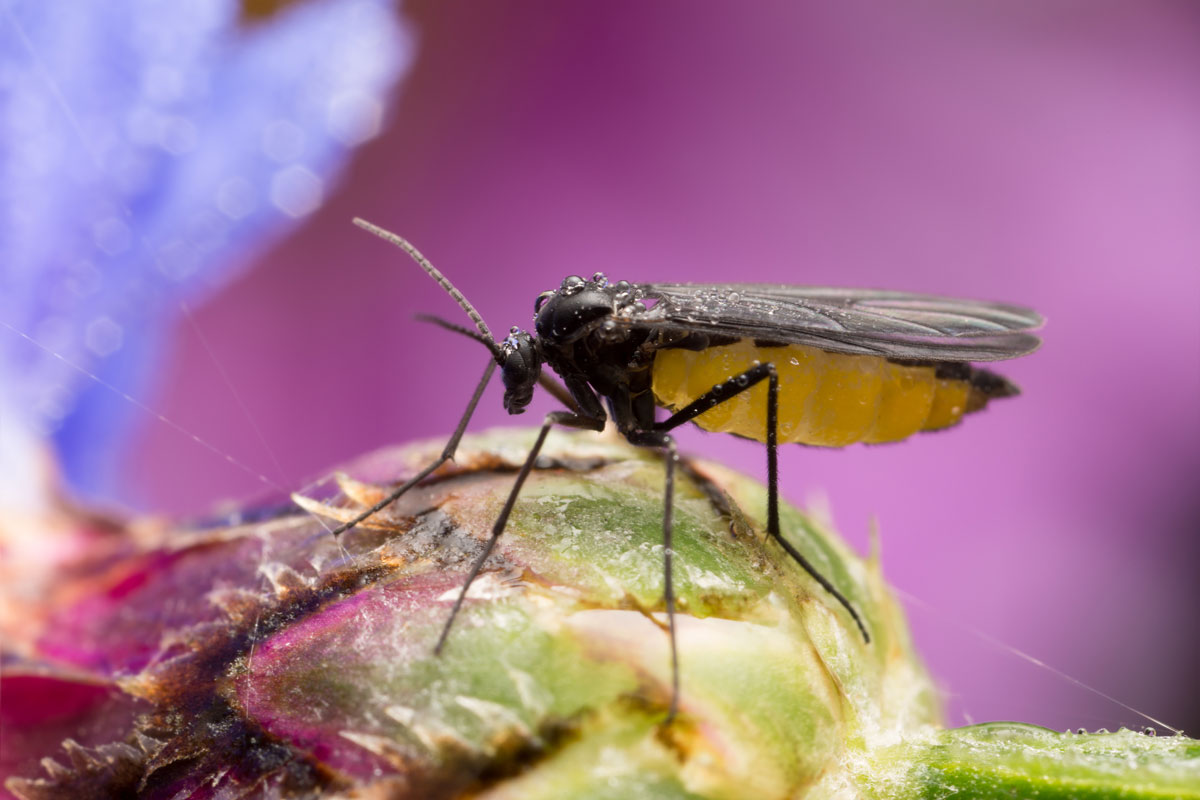
To answer this question, yes, fungus gnats can fly but they are not strong flyers. This explains why you would see them hovering over their host plant but they won't go beyond it. Most of the time, you would observe them just resting or running over the surface of the leaves rather than flying.
The Fungus Gnat Life Cycle
Like other insects, fungus gnats aren't born with wings. They undergo four life stages beginning from egg to larva to pupa and finally an adult.
Everything happens in a span of just three to four weeks as long as favorable environmental conditions exist. The lower the temperature, the better their development rate.
Once they turn into adult fungus gnats, that's when they grow their grey-colored wings and are then capable of flying. These adult insects are very small, only about 1/8 of an inch in size. They have a thin body, legs, and antennae.
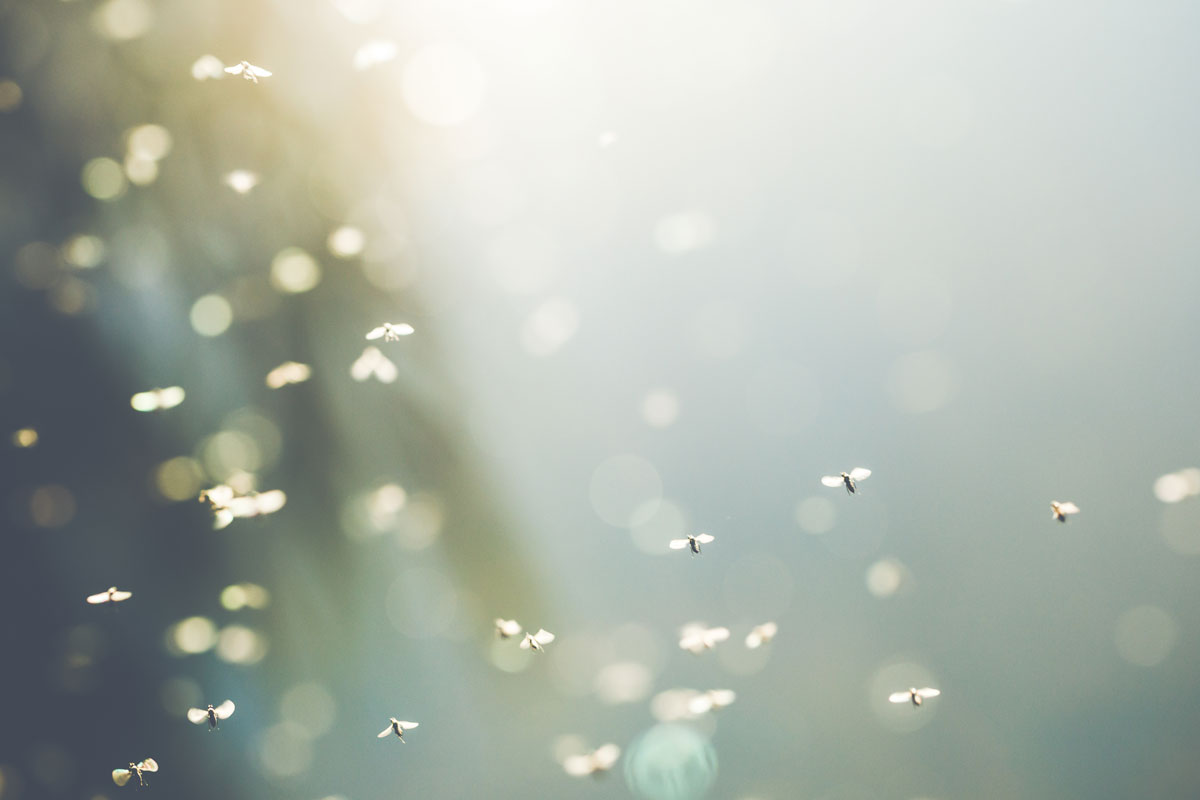
Their wings have a distinct Y-pattern on them and that's how you can differentiate them from other flies. They only live for about eight days upon adulthood.
At this stage, they don't pose any harm to humans. They don't bite and don't carry any diseases. They also won't cause any structural damage to your home. They are only considered a nuisance because of their sheer number. Who wants to see hundreds of fungus gnats flying over your houseplants, right?
But since female adults lay hundreds of eggs, it would seem that you'd never run out or get rid of these nuisance pests. In fact, they are present in different life stages in your pots or growing media.
When adult fungus gnats die, hundreds will take their place unless, of course, you do something about the infestation.
Where do gnats breed?
As mentioned earlier, adult fungus gnats do not really cause you any harm. They feed on dead organic material in the soil so they don't harm you or the plant.
However, the real harm is in their larvae. Take note that adult fungus gnats lay hundreds of eggs. They breed on damp soil or organic material. This is why they love your overwatered potted plants inside your home or greenhouses. They stay moist for a long time given that ventilation is limited inside the house.
Their eggs are usually found on the top one to two inches of moist soil or near the roots of the plant. These are yellowish-white in color.
The larvae look like tiny maggots. Their bodies are color white or transparent, they have black shiny heads, and don't have legs. Their main source of nutrition at this stage of their development is the nutrients in the soil, roots, and lower stem tissues of the plants. And that's when damage happens.
The nutrients supposed to be sent to different parts of the plant are cut off. This also weakens the plant and stunts its growth. The leaves can turn bright yellow. There's root rot and eventually, the plant will die.
You don't want this to happen to your precious plants, do you? That's why you have to do something about the fungus gnat larvae infestation in your houseplants before it's too late.
How to get rid of fungus gnat larvae?
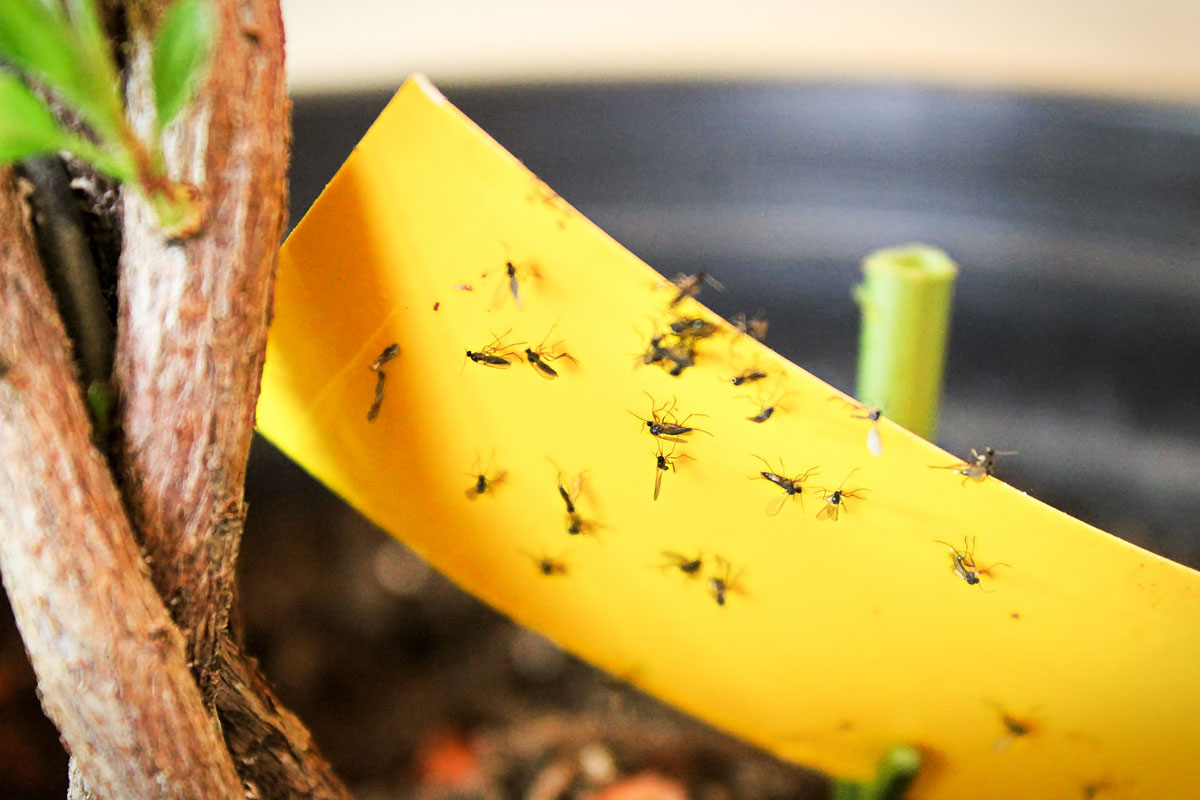
Dealing with hundreds or thousands of fungus gnat larvae requires a multi-faceted approach to really get to the bottom of the problem.
Here are some of the things that you can do.
Treating The Plant
You have to stop overwatering your plants. Fungus gnats love damp soil since it creates a conducive environment for fungal growth. This is the root cause of the problem.
Check if the soil is completely dry before you water your plants again. By doing this, you are cutting their food source and weakening them. You can also expose the plant and its soil to sun and air to ensure that the soil dries out in between waterings.
As discussed earlier, the eggs and larvae of fungus gnats are found on the top layer of the soil. You can rake off this portion and throw it away so that you can get rid of the little pests.
If the infestation is already bad, you may need to repot your plants. Discard the old soil and use a new potting medium that dries fast. Wash the roots of the plant thoroughly to get rid of the eggs and larvae that have clung to them.
You can add fast-drying sand or moisture-absorbing pumice to the top layer of the soil to help you get rid of excess moisture whenever you water the plant. Make sure also that you clean and disinfect the pot if you're reusing it to remove any lingering egg or larvae that you may not be aware of.
Check out this pre-mixed fast-draining blend on Amazon.
Use Of Pesticides
Some home gardeners aren't comfortable with the idea of repotting their plants for fear that they might be traumatized and won't thrive in their new soil.
In this case, you can use chemicals to kill the pests in your soil. This would require soil drenching as the larvae live in the soil. Here are some methods that you can try.
- Mix one part 3% hydrogen peroxide with 4 parts water.
- Dilute neem oil in water according to product label instructions.
Click this link to find this neem oil concentrate on Amazon.
Choose between these two products and prepare them accordingly. Once ready, you can pour them directly into the soil and near the roots of the plant. Make sure that the soil is drenched all the way. Hydrogen peroxide and neem oil will kill fungus gnats' eggs and larvae upon contact.
You can also choose other insecticides that you can drench or soak the soil with so that they really get into direct contact with the eggs and larvae that you want to get rid of.
Prevention Of Fungus Gnats
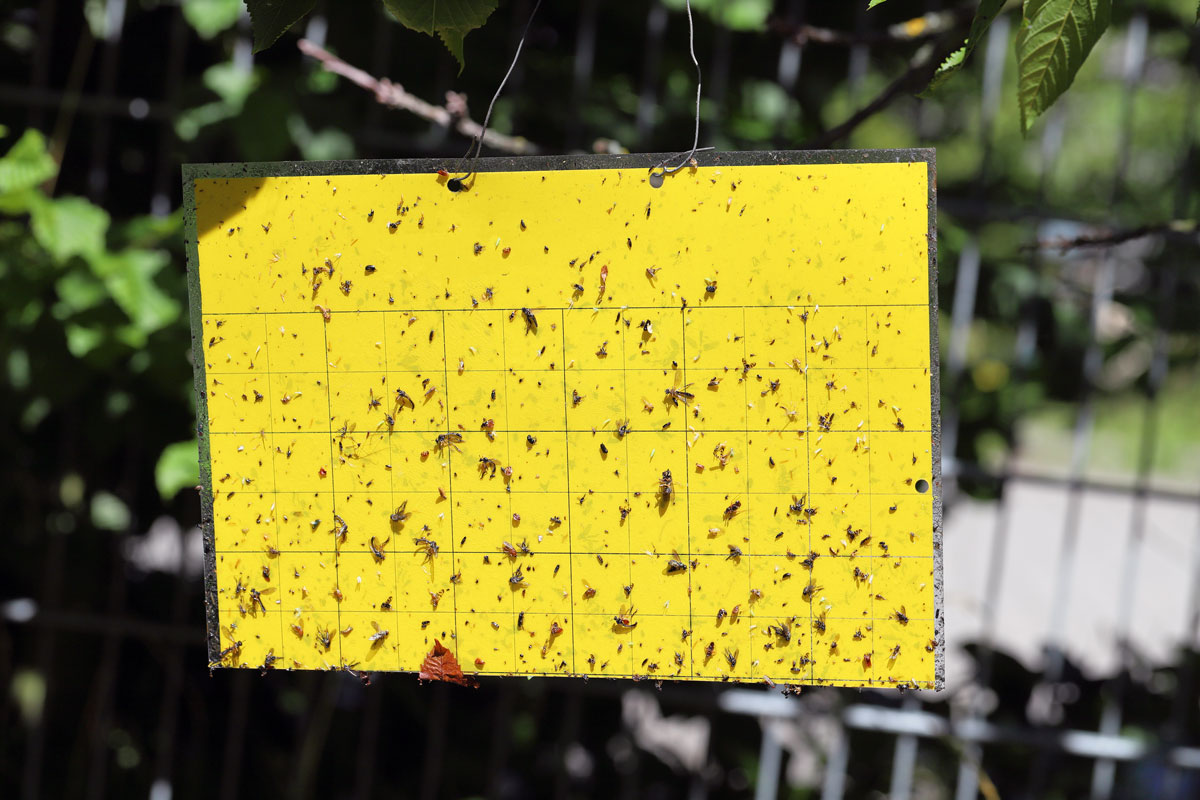
Getting rid of fungus gnats larvae in your houseplants requires that you prevent the proliferation of adult fungus gnats. After all, they are the ones who lay the eggs that later on become vicious larvae.
Here are some ways to control fungus gnats.
- Use yellow sticky traps to catch adult fungus gnats hovering over the plant.
- You can also fill a shallow container with apple cider vinegar and add a few drops of liquid dish soap. This would lure the fungus gnats until they drown and die.
- Clean the area where your houseplants are. Throw away dead leaves, spilled organic matter, and excess water on the plant saucers.
- Inspect new plants before putting them indoors. It's best to quarantine them for weeks to be sure that they are pest-free.
- You can also use horticultural oil and dormant spray to protect your plants from these insects.
- Introduce biological control agents on your houseplants such as nematodes and Bt israelensis. They will feast on fungus gnat larvae in the soil so that they won't develop into adults.
Find this horticultural and dormant spray oil on Amazon.
These are just some of the ways for you to control the fungus gnat larvae infestation in your houseplants. Follow them accordingly to enjoy a pest-free garden.
Final Thoughts
![A big black fungus Gnat photographed lying on a leaf, Can Fungus Gnats Fly? [And How Far]](https://pests101.com/wp-content/uploads/2022/06/A-big-black-fungus-Gnat-photographed-lying-on-a-leaf.jpg)
Fungus gnats aren't known to be strong flyers so they can't go far from their host plant or material. However, they do multiply quickly so it's best to get rid of them ASAP before they do great damage to your houseplants.
If you want to know other ways to get rid of fungus gnat larvae, feel free to read the following posts:

